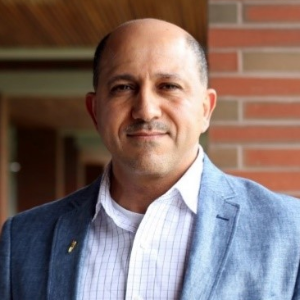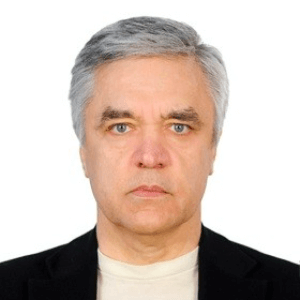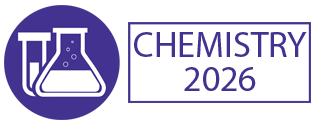Nuclear and Radio Chemistry
Nuclear Chemistry and radiochemistry is a broad field, with applications and applications in a wide range of fields. Nuclear chemistry is a branch of chemistry that studies how elements' nuclei change over time. Radioactivity and nuclear power are produced by these changes. Because radioactivity is linked to nuclear power generation, the disposal of radioactive waste that goes along with it, and some medical procedures, everyone should have a basic understanding of radioactivity and nuclear evolutions in order to determine and discuss the issue wisely and effectively.
The study of chemical transformations of radioactive substances, dealing with transuranium and actinides elements, solving radioecology problems, development of physicochemical principles for handling radioactive waste from nuclear power engineering, developing methods for manufacturing sources of radioactive emissions, and separation of radioactive isotopes are all part of the field of radiochemistry. “Radiation chemistry” is concerned with the study of chemical transformations caused by ionising radiation, as well as the study of radiation-chemical processes, the development of methods for predicting the radiation resistance of various materials, and the development of methods to protect them from destruction.
- Environmental radiochemistry
- Nuclear fuel chemistry
- Nuclear instrumentation and automation
- Nuclear power plant chemistry
- Production and control of radioisotopes and labelled compounds
- Radiation chemistry
- Radiation detection and measurement
- Radioanalytical chemistry
- Radiobiological chemistry

Hossam A Gabbar
Ontario Tech University, Canada
Victor John Law
University College Dublin, Ireland
Alexander Bagaturyants
National Research Nuclear University MEPhI, Russian Federation
Sergey Suchkov
N.D. Zelinskii Institute for Organic Chemistry of the Russian Academy of Sciences, Russian Federation
Shree Niwas Chaturvedi
Centre for Aptitude Analysis and Talent Search, India
Pieter Samyn
SIRRIS, Belgium




Title : Advances in plasma-based radioactive waste treatment
Hossam A Gabbar, Ontario Tech University, Canada
Title : Unraveling the ultrastructure and functions of the neuronal membrane skeleton using super-resolution fluorescence microscopy
Zhou Ruobo, Djillali Liabes University of Sidi Bel Abbes, Algeria
Title : Solar box cooker dehydration, and relative humidity endpoint detection, of lamiaceae culinary leaves on the island of Crete
Victor John Law, University College Dublin, Ireland
Title : Nutrient and heavy metal loads from the Ribeiras to Coastal zones: A land-ocean continuum perspective in Madeira Island
Aracelis Del Carmen Narayan Rajnauth, University of Porto, Portugal
Title : Prospective polyoxometalate-based covalent organic framework heterogeneous catalysts
Arash Ebrahimi, Comenius University Bratislava, Slovenia
Title : Eliminating implant failure in humans with nano chemistry: 30,000 cases and counting
Thomas J Webster, Brown University, United States